Genetic reserve in Wester Ross to protect Scotland's national tree
- Published
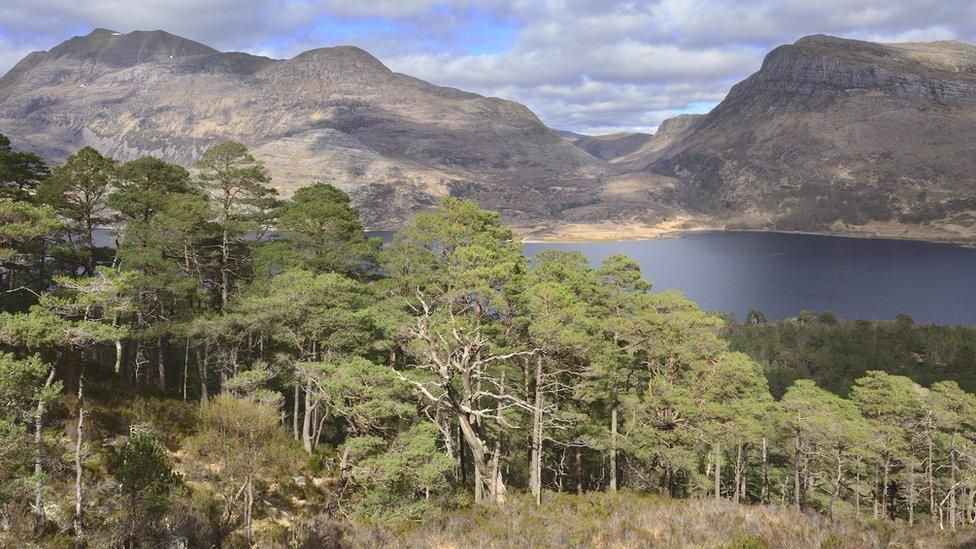
Scots pines growing at Beinn Eighe have developed their own DNA signature over hundreds of years
The Beinn Eighe nature reserve in Wester Ross has been named the UK's first genetic conservation area. Scottish Natural Heritage (SNH) and its scientific partners hope to protect the unique DNA fingerprint of the area's totemic Scots pine trees.
The Scots pine is Scotland's national tree.
Its distinctive and asymmetric appearance sets it apart from the standard bottle brushes which cloak so much of rural Scotland, its ragged glory swelling many a Scot's chest.
The bad news? It's not particularly Scottish.
You can find Scots pines growing in northern latitudes from here to Siberia.
'A different climate'
But the north west of Scotland does boast a population of Pinus sylvestris (that's its formal name) which is unique.
The Scots pines growing in the east of the country enjoy a climate which is relatively dry. (Please note the "relatively". After all, this is Scotland we're talking about.)
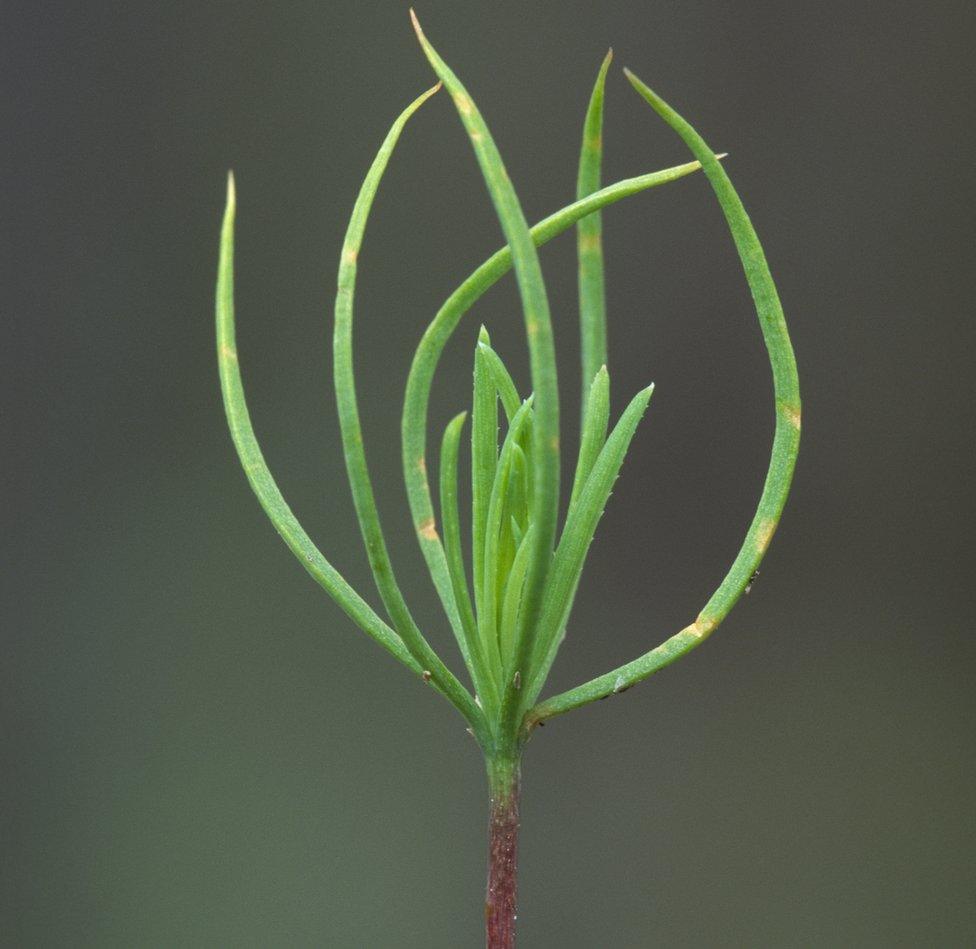
A Scots pine seedling on Beinn Eighe
Far to the west on the SNH reserve at Beinn Eighe, there are as many as 10,000 Scots pines, some of them more than 350 years old. These trees have endured in a climate which is hugely different.
That has created a DNA signature which is unique to the pines in the area. These are, if you like, especially Scottish Scots pines.
SNH's woodland adviser Jeanette Hall says it has created a genetic code worth preserving.
She says: "It's much milder, much longer growing season, much wetter - and the pine that is growing here has had to adapt to that over the last few hundred years."
'Not a tree museum'
In 1951 this precious area of Caledonian pine forest became the first place in the UK to be designated a national nature reserve.
Now it has notched up another UK first as a Gene Conservation Unit with the European Forest Genetic Resources Programme.
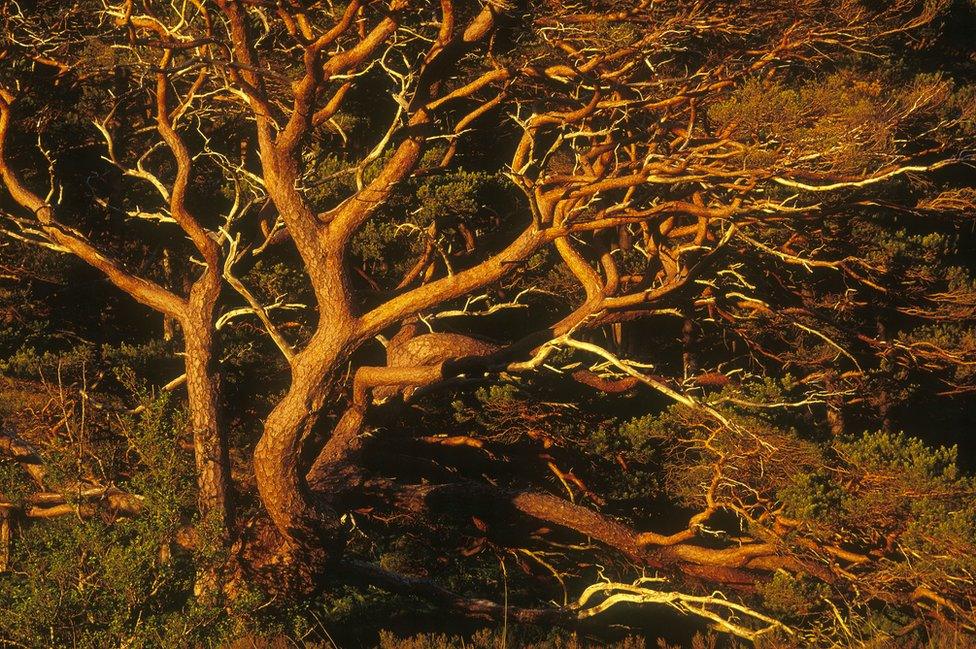
Scots Pine boughs at dusk
The big idea is to manage the pine forest, not as a tree museum to preserve the pines as they are now, but to enable their DNA to keep evolving and adapting to changes in the environment.
The work is part of a wider effort to conserve genetic diversity in Scotland's wild species, itself part of the Aichi Target 13 drive, external to preserve and develop the world's biological diversity.
SNH's partners include Edinburgh University, Scotland's Rural College, the Moredun and James Hutton research institutes, Biomathematics and Statistics Scotland, Science and Advice for Scottish Agriculture, the Centre for Ecology & Hydrology, the Royal Botanic Garden Kew, Forest Research and the Forestry Commission Scotland.
'Plant life revolution'
The Royal Botanic Garden Edinburgh (RBGE) is a key player. It holds more than three million plant samples dating from as early as the 17th Century, some of them collected by Charles Darwin.
Its modern DNA labs have contributed to a revolution in understanding plant life.
"By conserving genetic diversity we're essentially helping nature to help itself," says the RBGE's head of science Prof Pete Hollingsworth.
"Genetic diversity is needed to allow the Scots pine to adapt and change as our environment changes, as our climate changes."
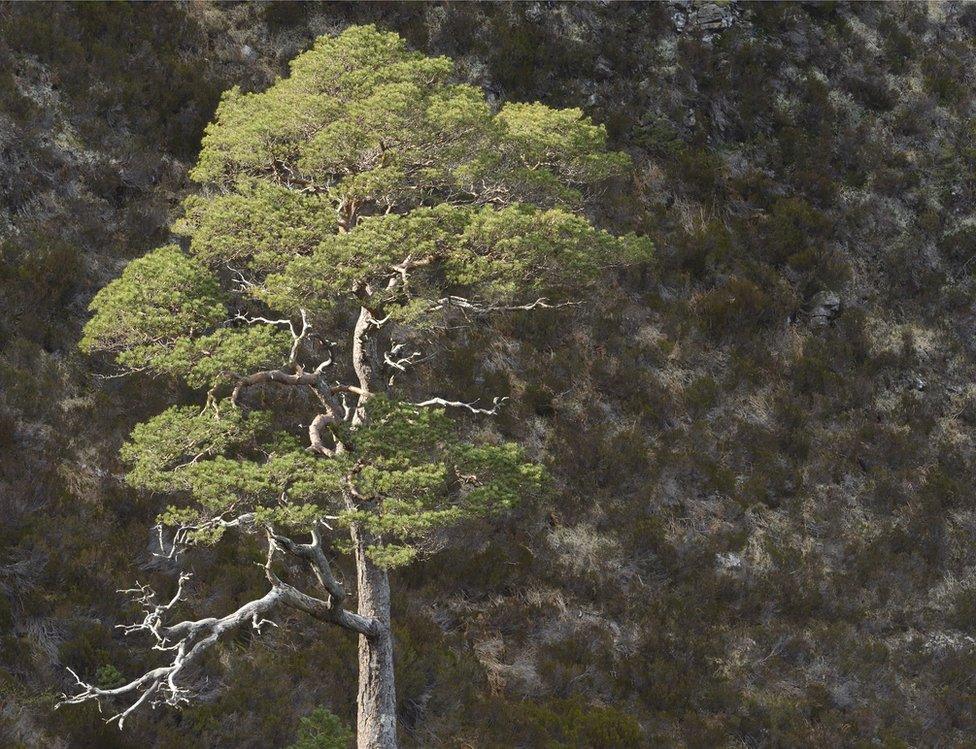
Scots pines growing beside the mountain trail at Beinn Eighe National Nature Reserve
The development of this project will be closely watched. If it is successful it is unlikely to remain the UK's only genetic conservation area.
Jeanette Hall believes there is much at stake.
She says: "One of the things at risk if we get it wrong, if pine is unable to regenerate, is fossilising the woodland as it is now, which will prevent adaptation in the future.
"Ultimately we could lose the woodland. But also we would lose a lot of unique genetic material that isn't represented anywhere else in Scotland - or across the world."
- Published20 September 2017

- Published18 November 2013
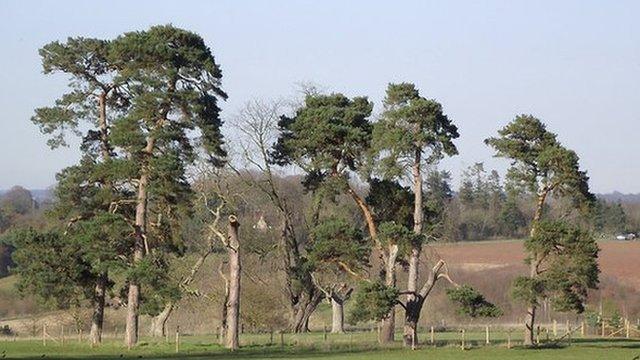
- Published18 October 2018
